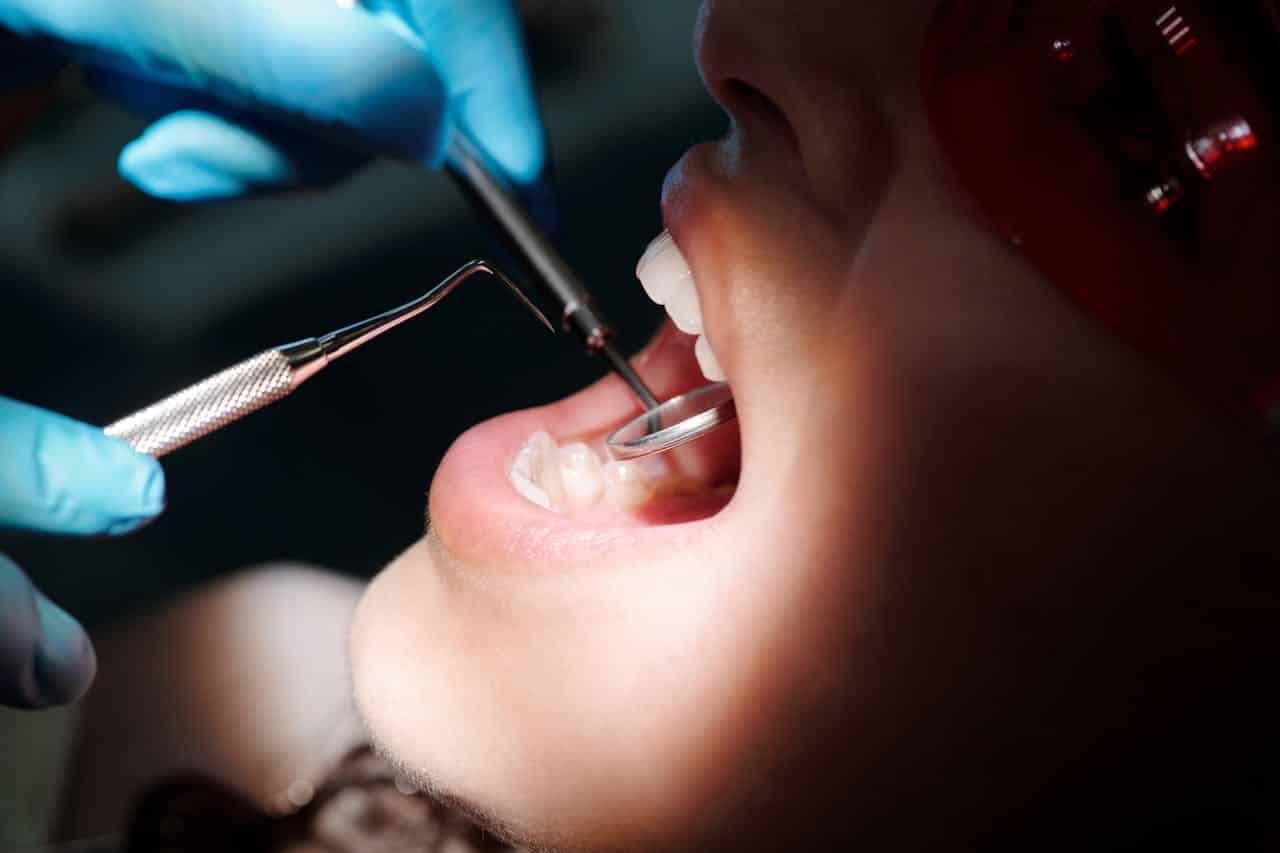Getting dental implants can be a big decision, but knowing what to expect can make the journey much smoother. Dental implants are a fantastic option for replacing missing teeth, offering a long-lasting and natural-looking solution.
However, understanding each step of the process can help ease any worries you might have. This guide will help you feel more confident about your decision to get dental implants and support you every step of the way.
Initial Consultation and Assessment
The first step in the dental implant process is the initial consultation and assessment. During this visit, the dentist will examine your mouth to see if you’re a good candidate for dental implants. They will check your gums, teeth, and jawbone to ensure they are healthy enough to support the implants.
X-rays and possibly a CT scan will be taken to give the dentist a detailed view of your mouth. These images help in planning the exact placement of the implants. The dentist will also discuss your medical history and any medications you are currently taking.
In this step, the dentist will talk about your dental needs and expectations. It’s essential to share your goals and ask any questions you might have. Understanding the whole process and what it involves will help you feel more comfortable moving forward. After the assessment, the dentist will create a treatment plan tailored to your specific case.
Preparation and Pre-Surgery Steps
Preparation is a crucial part of the dental implant process. Before the actual surgery, there are several steps needed to get your mouth ready. If you have any decayed teeth or gum disease, the dentist will treat these issues first.
One major part of preparation is ensuring your jawbone is strong enough to support the implants. If your jawbone isn’t thick or dense enough, a bone graft may be needed. In a bone graft, bone material is added to your jawbone to make it stronger. This also helps ensure the dental implants will have a stable base. Bone grafting might require a healing period before you proceed to the next steps.
In some cases, you might need a sinus lift. This procedure adds bone below the sinus cavities, located above your upper jaw. This is done when there’s not enough bone height in the upper jaw or if the sinuses are too close to the jaw.
Apart from these procedures, the dentist will give you instructions to follow before the surgery. You might need to fast for several hours if sedation will be used. During this preparation period, it’s essential to follow all the dentist’s guidelines carefully to ensure a smooth and successful surgery.
The Dental Implant Surgery Process
The day of your dental implant surgery is an exciting step toward achieving a new smile. The process usually starts with administering sedation or anaesthesia to ensure you are comfortable throughout the procedure. The type of sedation used depends on your specific needs and the complexity of the surgery.
Once you’re comfortable, the dentist begins by making a small incision in the gum to expose the bone where the implant will go. Using a special drill, the dentist creates a space in the jawbone for the implant post. The post is typically made of titanium, a material known for its compatibility with the human body. After positioning the implant post, the gum is stitched back over it, and a temporary crown might be placed to protect the area.
The entire procedure usually takes about one to two hours per implant. After the implant posts are placed, they need time to integrate with the jawbone. This healing period can take several weeks to a few months. During this time, the bone grows around the implant, securing it firmly in place—a process known as osseointegration.
Post-Surgery Care and Recovery
Recovering from dental implant surgery involves several steps to ensure proper healing and success. Immediately after the surgery, you’ll need to rest and follow the dentist’s instructions closely. It’s normal to experience some swelling, bruising, and minor bleeding, but these should subside within a few days.
Here are some tips for a smooth recovery:
1. Follow Medication Guidelines: Take any prescribed pain relievers or antibiotics as directed to manage discomfort and prevent infection.
2. Stick to Soft Foods: Eat soft foods like soups, yogurts, and smoothies for the first few days. Avoid hard or chewy foods that can disturb the surgical site.
3. Maintain Good Oral Hygiene: Gently rinse your mouth with a saltwater solution to keep the area clean without irritating it. Keep brushing and flossing, but avoid the surgical area.
4. Attend Follow-up Appointments: Regular check-ups are essential to ensure the implant is healing correctly. The dentist will monitor your progress and advise you on when you can proceed to the next steps.
As your implant heals, the dentist will schedule follow-up visits to check on the integration process. Once fully healed, the final step involves attaching the permanent crown to the implant. This crown is customized to match your natural teeth, completing your new smile.
Conclusion
Understanding the step-by-step process of getting dental implants can make the journey easier and less intimidating. From the initial consultation and preparation to the surgery itself and post-surgery care, being informed helps you feel more in control. Dental implants are a significant investment in your oral health, offering a durable and aesthetically pleasing solution for missing teeth.
If you’re ready to explore dental implants in Ajax further, Pickering Dental Services has got you covered. Our team is here to guide you through each step, ensuring you achieve the best possible results for your new smile. Schedule your consultation today and take the first step towards a brighter, more confident smile.


